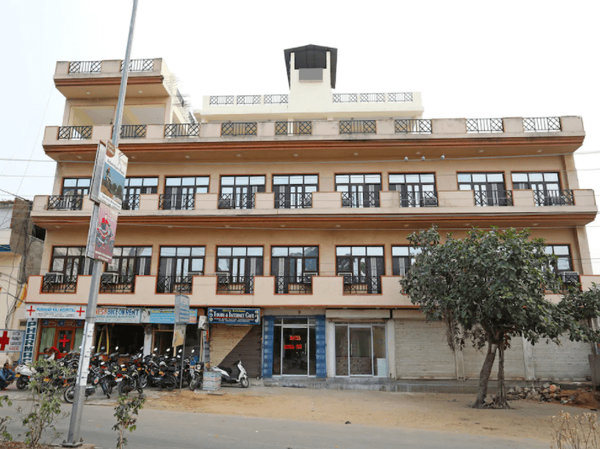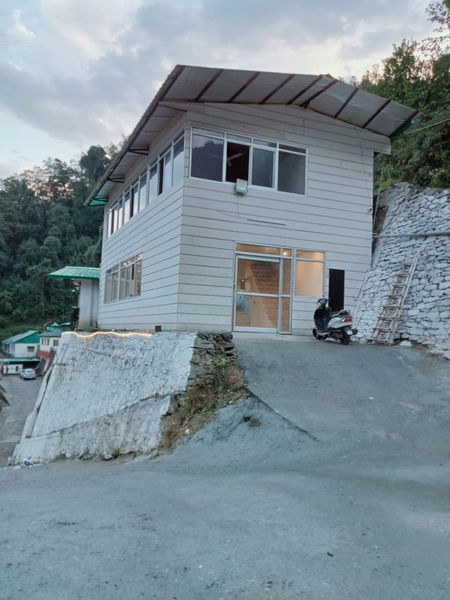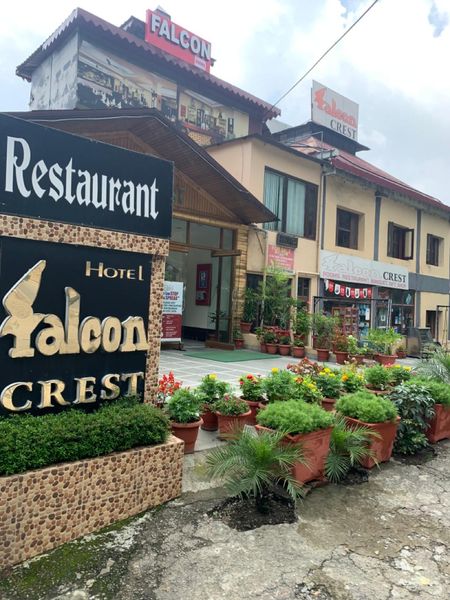How Location Impacts Property Value in Pakistan
 Mark Wood
03 Oct, 2025
9 mins read
23
Mark Wood
03 Oct, 2025
9 mins read
23

Investing in real estate is one of the most significant financial decisions one can make, especially in Pakistan, where the property market has shown steady growth over the past few years. While many factors influence property value, location remains the most critical element. Understanding how location impacts property value can help investors, homebuyers, and developers make informed decisions and maximize returns.
Proximity to Urban Centers
One of the primary factors affecting property value is proximity to urban centers. Cities like Lahore, Karachi, Islamabad, and Faisalabad are economic hubs, offering employment opportunities, educational institutions, healthcare facilities, and entertainment options. Properties closer to these urban centers generally command higher prices due to convenience and accessibility. For example, neighborhoods located near the central business district or major commercial areas often attract professionals who want to reduce commute times, thereby driving demand and property values up.
Conversely, properties located in remote or poorly connected areas may experience slower appreciation. While they might initially appear affordable, the lack of accessibility and amenities can limit long-term growth. Investors should always weigh the benefits of affordability against potential future gains.
Connectivity and Transport Links
Connectivity is another vital component of location-based property value. Areas with easy access to highways, main roads, and public transport systems are more desirable. For instance, properties near the Motorway (M2) or Ring Road in Lahore and Islamabad are often in higher demand because they allow residents to commute efficiently to work, schools, and other essential facilities.
The presence of upcoming infrastructure projects can also influence property prices. When governments announce plans for new highways, metro lines, or flyovers, nearby areas often see a surge in property value, even before construction is completed. Savvy investors monitor these developments to buy properties early and benefit from appreciation.
Neighborhood Safety and Environment
Safety and environmental quality are crucial considerations for both buyers and investors. Areas with low crime rates, clean streets, and well-maintained public spaces generally have higher property values. Families prioritize safe neighborhoods for their children, which increases demand and pushes prices upward.
Additionally, environmental factors like pollution levels, green spaces, and proximity to rivers or lakes can impact value. Properties located in eco-friendly, well-planned communities with parks and recreational areas are often priced higher than those in crowded, industrial zones. Developers increasingly focus on sustainable planning, making green communities a premium choice in the real estate market.
Availability of Utilities and Amenities
Modern buyers expect access to essential utilities and amenities. Properties with uninterrupted electricity, clean water, proper sewage systems, and internet connectivity attract higher prices. Moreover, proximity to shopping centers, hospitals, schools, mosques, and entertainment facilities increases desirability.
In Pakistan, housing societies that offer all these amenities in a planned layout often command a premium. For example, gated communities with security, recreational clubs, and modern infrastructure are in high demand. Investors who consider these aspects in the location can expect better long-term returns.
Economic and Commercial Activity
The level of economic and commercial activity in an area also affects property value. Areas with thriving businesses, offices, and retail establishments attract professionals and entrepreneurs, leading to higher residential demand. Real estate near commercial hubs often appreciates faster because people prefer to live near their workplaces.
Similarly, emerging towns and suburban areas connected to major economic centers are gaining popularity. For instance, the outskirts of Islamabad and Lahore have witnessed new housing projects attracting buyers due to their potential for future development and economic growth.
Future Development Potential
Location not only impacts current property value but also future appreciation. Areas with planned development projects such as new roads, schools, hospitals, and commercial zones are likely to see property prices rise over time. Investors often look for underdeveloped areas with high potential for growth, as these locations offer significant returns once development projects are completed.
Housing societies that offer flexible payment structures, such as the Etihad town phase 3 payment plan, are attracting investors because they combine affordability with growth potential. Such plans make it easier for buyers to enter emerging markets while benefiting from long-term appreciation as the locality develops.
Social Infrastructure and Community
The social infrastructure of a location, including its sense of community, cultural attractions, and recreational facilities, plays a role in property value. Areas known for vibrant communities, reputable schools, and healthcare facilities tend to have higher demand. In contrast, isolated areas without social infrastructure may see slower appreciation despite affordable prices.
Buyers increasingly consider lifestyle factors in addition to basic necessities. Communities offering leisure activities, community centers, and sports facilities often command higher prices because they provide a better quality of life.
Government Policies and Zoning Regulations
Government policies and zoning regulations significantly influence property values. Areas designated for residential or mixed-use purposes often experience higher appreciation due to legal security and clarity of land use. Conversely, areas with regulatory uncertainty or potential for commercial encroachment may see slower growth or fluctuating prices.
Moreover, incentives such as tax breaks, infrastructure funding, or development subsidies can increase the attractiveness of certain locations. Investors who stay informed about government plans and urban development policies can strategically choose locations that promise higher returns.
Cultural and Historical Significance
Some locations benefit from cultural or historical significance, which can influence property value. Proximity to historical landmarks, religious sites, or areas with rich cultural heritage often boosts demand, particularly for high-end properties. Tourists, expatriates, and locals alike may be willing to pay a premium to reside in or near such areas. Developers sometimes capitalize on this by creating themed communities or offering premium housing near iconic sites.
Market Perception and Reputation
Lastly, market perception plays a subtle but crucial role in determining property value. Areas with a reputation for prestige, safety, and high-quality infrastructure tend to maintain higher property prices. Conversely, neighborhoods perceived as underdeveloped or risky may struggle to attract buyers. Word-of-mouth, online reviews, and real estate market reports all contribute to shaping the reputation of a location, directly influencing demand and pricing.
Conclusion
In Pakistan, location is arguably the most significant factor influencing property value. From proximity to urban centers and connectivity to social infrastructure and future development potential, every aspect of a location impacts how much buyers are willing to pay. Understanding these factors allows investors and homebuyers to make informed decisions and strategically choose properties that promise long-term growth.
Emerging housing projects, coupled with flexible payment options such as the Etihad town phase 3 payment plan, illustrate how location and accessibility can intersect with affordability to create valuable investment opportunities. By carefully evaluating a property’s location, potential buyers and investors can maximize returns while enjoying the benefits of living in well-planned, vibrant communities.
Written By:
Mark Wood



Hotels at your convenience
Now choose your stay according to your preference. From finding a place for your dream destination or a mere weekend getaway to business accommodations or brief stay, we have got you covered. Explore hotels as per your mood.


